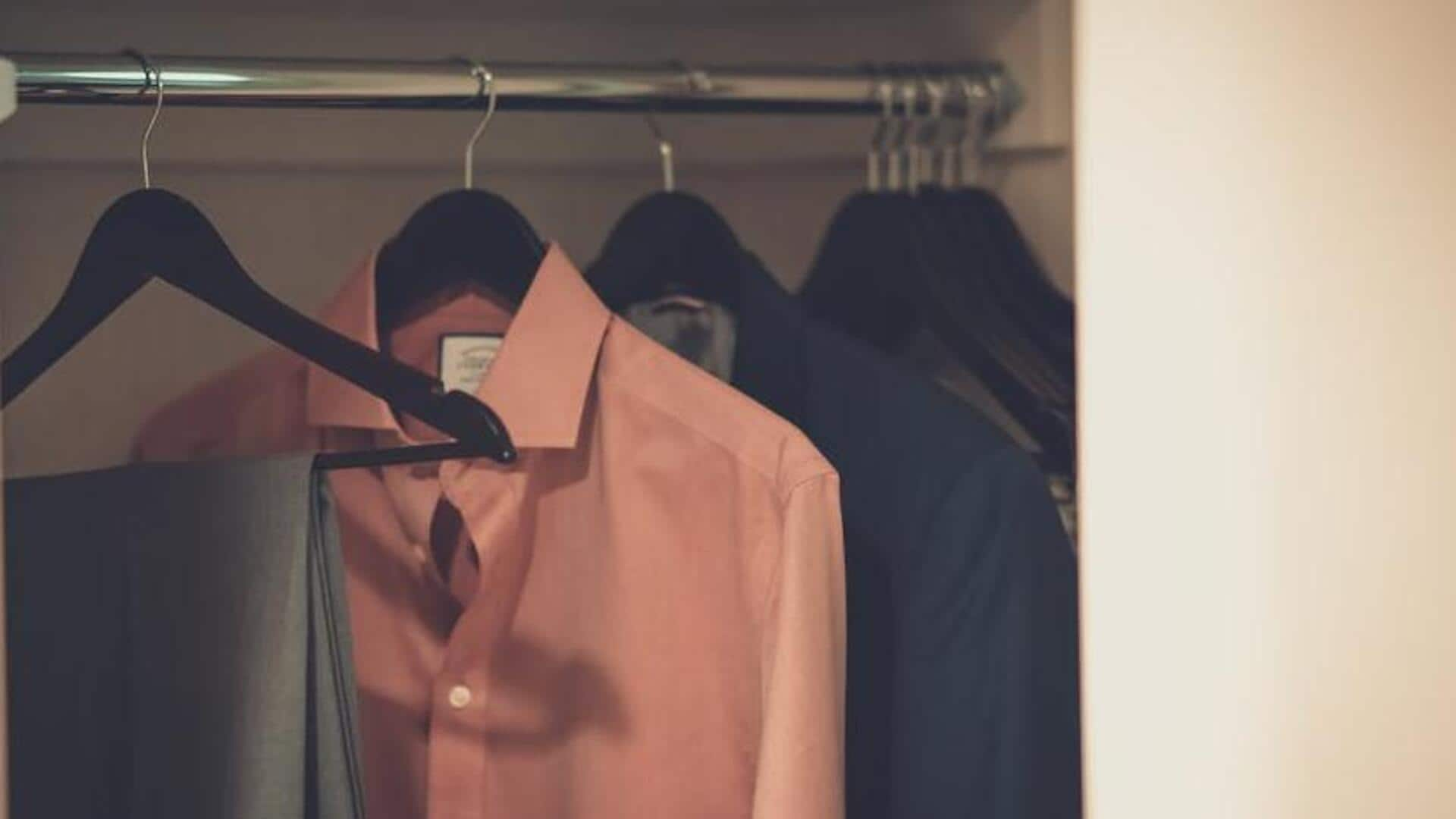
Tips to build an eco-friendly wardrobe
What's the story
In today's world, where fashion and sustainability intersect, an eco-friendly wardrobe is not just a trend but a necessity. This article delves into selecting and maintaining sustainable fabrics, offering practical advice for those aiming to make environmentally conscious clothing choices. By focusing on sustainable materials and care practices, individuals can contribute to a greener planet while enjoying fashion that feels good in every sense.
Key concept
Understanding sustainable fabrics
Sustainable fabrics are made from eco-friendly resources like organic cotton, bamboo, hemp, and recycled materials. These fabrics not only reduce the environmental impact but also offer durability and longevity compared to conventional materials. Understanding the source and production process of these textiles can guide consumers in making informed decisions that align with their values of conservation and responsibility toward the environment.
Selection tips
Selecting your sustainable pieces
When selecting sustainable clothing, look for Global Organic Textile Standard (GOTS) or OEKO-TEX(r) certifications, ensuring textiles meet strict environmental and social standards. Emphasize quality over quantity, investing in timeless pieces you adore and will wear for years. Also, support small businesses or local artisans who utilize sustainable practices, which often results in a lower carbon footprint due to reduced transportation distances.
Maintenance tips
Caring for your eco-friendly wardrobe
Maintaining your eco-friendly wardrobe is crucial for its longevity. Wash clothes less frequently and use cold water settings to save energy. Opt for natural drying methods instead of tumble drying, which significantly reduces the garment's lifespan. When it comes to stains or damages, seek out eco-friendly dry cleaners or repair services to extend your clothing's life further without compromising on sustainability.
Thrift tip
Embracing second-hand fashion
Shopping at thrift stores and joining clothes swapping events are great for an eco-friendly wardrobe. These actions give clothes a new life, counter the fast-fashion trend, and cut down on new production demand. It's an economical way to add unique items to your collection while reducing your environmental impact. Every small step toward sustainable fashion helps our planet significantly.